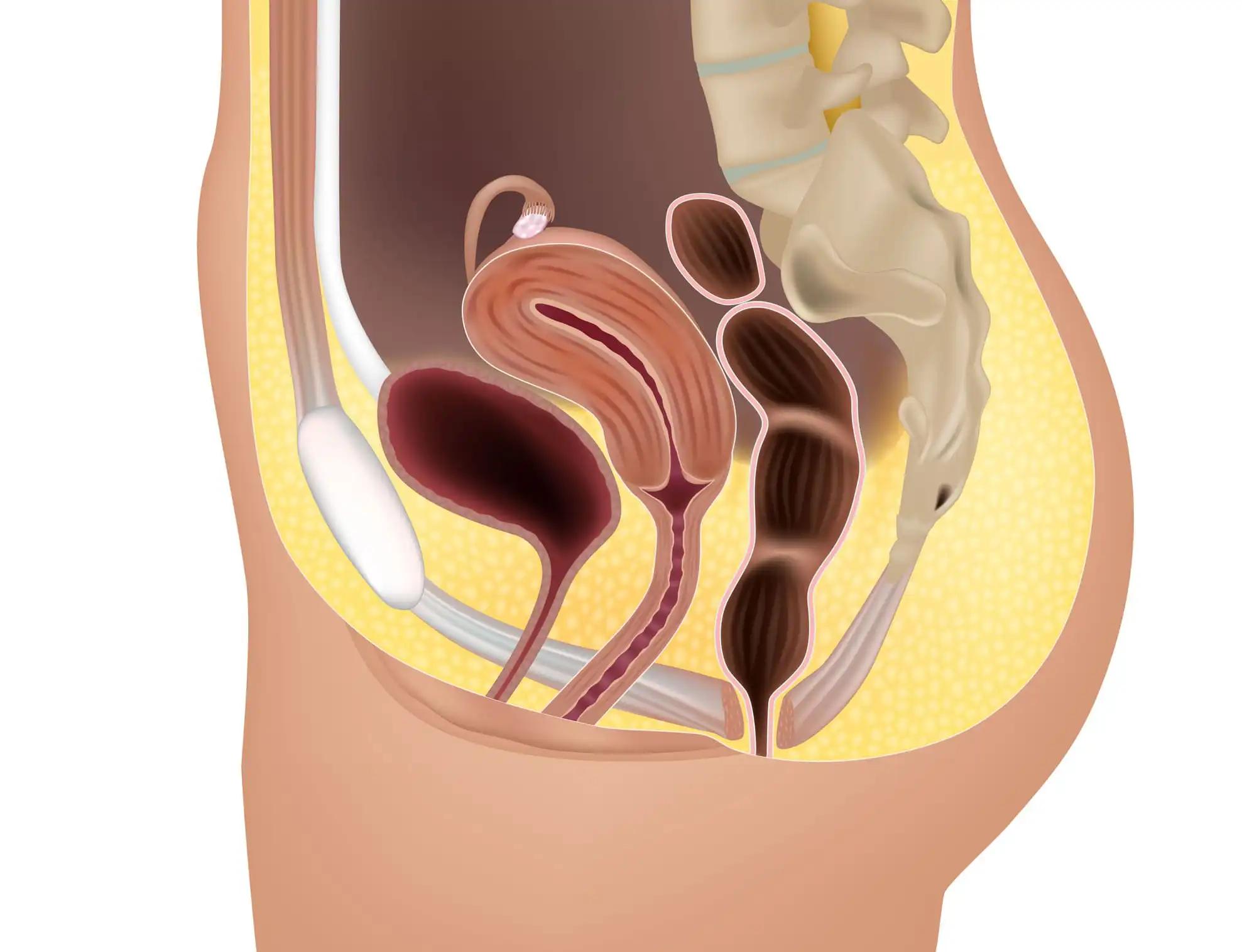KEY TAKEAWAYS
- Neoadjuvant immune-checkpoint inhibitor therapy before (RC) was effective in patients with MIBC.
- The primary aim of the PURE-01 trial was to evaluate EFS in the ITT population.
- The method involved administering pembrolizumab to patients before RC and performing multivariable Cox regression analyses for EFS.
- After a median follow-up of three years, the 36-month EFS and (OS) rates were 74.4% and 83.8%, respectively.
- PD-L1 expression was the strongest predictor of sustained response post-RC, and the claudin-low and basal/squamous subtypes had the lowest rates of events.
- (RFS) post-RC was high for patients achieving a ypT0N0 or ypT1/a/isN0 response but lower for those with ypT2-4N0 or ypTanyN1-3 response.
Patients with muscle-invasive urothelial bladder carcinoma (MIBC) were the first to receive neoadjuvant immune-checkpoint inhibitor (ICI) therapy before radical cystectomy (RC) in the PURE-01 study (NCT02736266). After a median of three years of follow-up, researchers report the survival results here. 155 patients made up the “intention to treat” (ITT) group. Time to first occurrence of radiographic disease progression precluding RC, the first administration of neoadjuvant chemotherapy, recurrence after RC, or death was used to calculate event-free survival (EFS). Overall survival (OS) and progression-free survival (PFS) after RC were also measured (OS). The EFS was analyzed using multivariate Cox regression. Molecular subtypes and baseline PD-L1 combined positive score (CPS) were used in Kaplan-Meier analyses to compare EFS outcomes.
After a median (IQR) follow-up of 39 (30-47) months, the 36-month event-free survival (EFS) and overall survival (OS) rates in the ITT population were 74.4% [95% CI, 67.8-81.7] and 83.8% [95% CI, 77.8-90.2, respectively]. A total of 143 patients (92.3%) were treated with RC. 36-month RFS was 96.3% (95% CI, 91.6-100) for patients with a ypT0N0 response within the group of patients who did not receive additional chemotherapy (N = 125), 96.1% (95% CI, 89-100) for patients with a ypT1/a/isN0 response, 74.9% (95% CI, 60.2-93) for patients with a ypT2-4N0 response, and 58. Among PD-L1 tertiles, there was a statistically significant difference in EFS (lower tertile: 59.7%, medium tertile: 76.7%, and high tertile: 89.8%, P = 0.0013). The claudin-low and basal/squamous subtypes were the healthiest regarding event frequency. The PURE-01 results, with a median follow-up of three years, further confirm the long-term effectiveness of neoadjuvant pembrolizumab before RC. The expression of PD-L1 was the most reliable indicator of long-term survival after RC.
Source: https://pubmed.ncbi.nlm.nih.gov/36190522/
Clinical Trial: https://clinicaltrials.gov/ct2/show/NCT02736266
Basile G, Bandini M, Gibb EA, Ross JS, Raggi D, Marandino L, Costa de Padua T, Crupi E, Colombo R, Colecchia M, Lucianò R, Nocera L, Moschini M, Briganti A, Montorsi F, Necchi A. Neoadjuvant Pembrolizumab and Radical Cystectomy in Patients with Muscle-Invasive Urothelial Bladder Cancer: 3-Year Median Follow-Up Update of PURE-01 Trial. Clin Cancer Res. 2022 Dec 1;28(23):5107-5114. doi: 10.1158/1078-0432.CCR-22-2158. PMID: 36190522.



